Wood has always been used in construction. With pluses and minuses, it has fitted in well with the requirements and helped to erect solid buildings. With industrialization, wood was processed and so the pluses became more and more. One result of this advanced processing is the so-called I Joist. They have been designed to support high loads and are a building material used in all areas of structural construction. Their specific shape allows them to support similar loads at a much lower weight than wooden beams of the same size. They are used in the construction of ceilings and roofs, or as pillars for walls wooden frame houses. Their use is highly suitable for energy efficient buildings and passive cell.
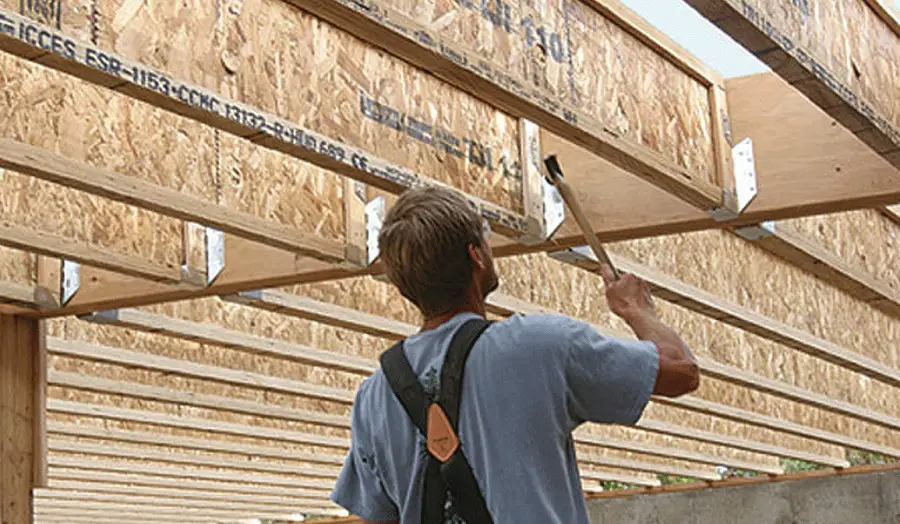
About I Joist
I Joist beams were invented in 1969 by Trus Joist Corporation (TJ) in the USA. Immediately the construction market embraced the idea and a host of other manufacturers and variants emerged. Architects also welcomed the idea because the beams created the possibility to build large open spaces. Later, environmental protection and energy-saving requirements led to their use in energy-efficient construction because they reduced costs and labor. For example, in the case of ventilated facades and walls thicker than 350 mm open to diffusion, the use of I Joist beams replaces the more elaborate and expensive construction of a thick wall from solid profiles.
The beams were originally built from a central section of OSB and two sides - soles - made of solid finger-jointed wood or plywood, glued with a moisture-resistant adhesive to the center. The whole assembly forms an I-shaped profile, hence the name. Later variants appeared in which plywood was replaced with LVL (find out more here) and/or OSB with wood fiber panels.
I Joist beams are produced in factories with different sizes for the foot and center. They can have very long lengths while remaining as rigid and secure. The length can be adjusted on site according to project requirements.
Advantages of using I Joist beams in construction
The main advantage of I Joist beams is that are much lighter than wooden beams of the same size, as long as they support the same loads. They reduce the pressure put on the construction, which allows savings in foundation work. Also, ceilings and roofs built with such beams do not need oversized walls to support them. Because they are lighter, they are easier to handle and can be erected by a single worker, which would be impossible with a full beam. Assembly is faster and more efficient.
Does not warp, crack or vary dimensionally. Wood can crack, warp or change dimensionally with changes in humidity. This is what can happen with solid beams. With I Joist beams these problems have been eliminated, industrialized wood is much more stable and safer.
Allows large openings to be made at low cost. Wide open spaces are much brighter and more welcoming. They can only be realized if the strength structure allows it. One option is to use laminated beams, which are very strong but much more expensive. Large openings can be made with I Joist beams, which are just as strong, but much cheaper. They are very suitable for building such loft spaces, with no pillars to spoil the design.
Solves the problem of squeaky floors in timber-framed houses. Being very rigid and fixed, the floors will behave as a unit, with no elements moving and rubbing against each other to produce the squeak.
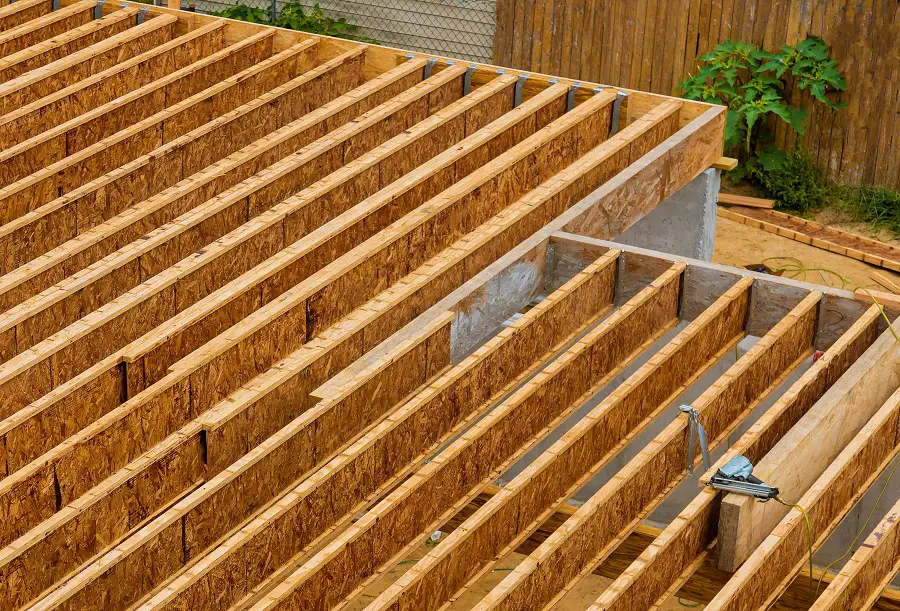
Makes it easy to install installation routes, which can be passed through the beam. All electrical, plumbing or gas lines can pass through the I Joist. They do not need to be cut as with solid beams. This reduces costs and labor.
Enables energy efficient construction at lower costs and helps reduce thermal bridges. The insulation of floors and roofs where I Joist beams are used is very efficient. Insulation is done without the addition of spacer bars, as in the case of solid beams, and heat loss is reduced to almost zero.
Reduce consumption of solid wood. The reduction in consumption comes from the smaller size of the joist compared to a solid or laminated wood joist for the same load-bearing capacity and from the use of OSB which is much more efficient in the use of wood, with a much better yield.
As you can see, lots of advantages. It is also the reason why they are increasingly used in timber construction. I also looked for mentions of disadvantages. The only one was about fire resistance, which is lower than that of laminated timber beams. But this too can be solved by specific fireproofing treatments.
I hope you find the information useful. If you have any additions, leave them below in the space provided. That way we will have a comprehensive material, useful to all.





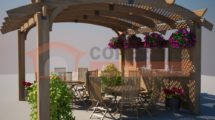









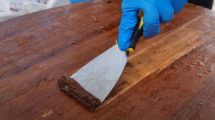



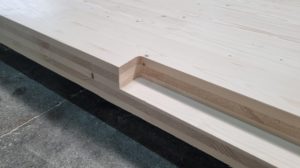
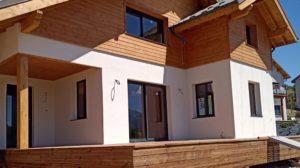

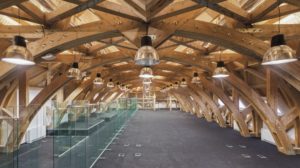


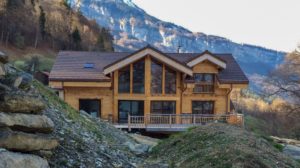




Hello,
Interesting I-beams, but I didn't see any reference to Romanian manufacturers of such beams. Do you have information on any?
Thank you
Hello!
There is a manufacturer in Onești, S & L Company. There are also distributors of building materials who bring them from Poland, one of the largest I Joist manufacturers in Europe.
Hello!
There is a company in Iasi that produces IJoist beams.
I built two houses with them, ground floor + attic.
Recommend.
Tel 0787528692